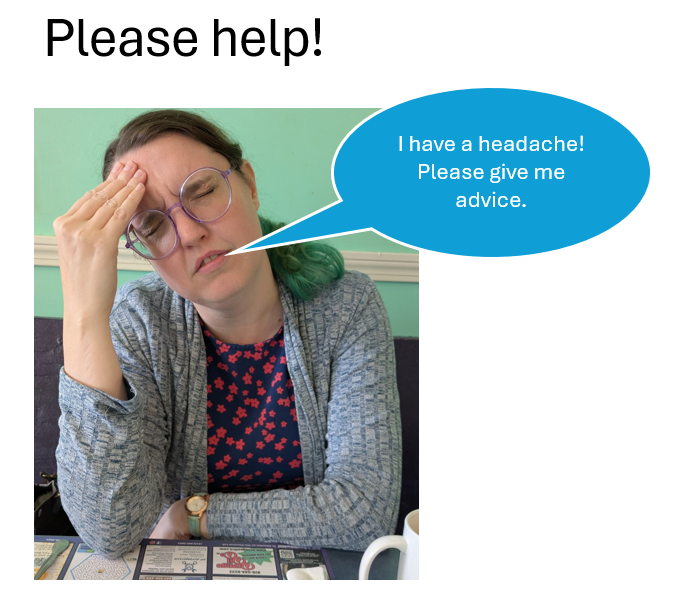Level: Pre-intermediate
Length: 45 minutes
Main aim: By the end of the lesson, students will have practiced their speaking skills to show concern and relief in the context of going to the doctor’s.
Subsidiary aim: By the end of this lesson, students will have practiced listening for gist and functional language in the context of going to the doctor’s.
Setting: Online
In my fourth CELTA teaching practice, I taught a speaking lesson at pre-intermediate level, with the context of going to the doctor’s. The focus was on functional language: showing concern (Oh dear. Really?), relief (What a relief!), and acknowledging good news (Phew. That’s good to hear).
What Worked Well
This lesson was a real step forward for me, especially after the challenging grammar lesson I taught in TP3. I used backward design to ensure the productive speaking tasks were central, and the plan flowed more naturally than in earlier lessons. My pacing was much stronger, and I even finished with a minute to spare.
The lesson also featured a clear task cycle: lead-in, gist listening, short language clarification, task preparation, and two rounds of doctor-patient roleplay. Students had meaningful opportunities to practice the target phrases, and the feedback stages helped them refine their use of language.
My tutor highlighted that I created an engaging and communicative lesson, managed monitoring and feedback well, and encouraged authentic communication. I was pleased that students genuinely seemed to enjoy the doctor-patient roleplays.
What I Learned
Even though pacing was improved, I realized that some of my instructions were still too complex. For example, in the roleplay task, I could have broken the instructions into smaller steps, or even modelled the exchange before sending students into breakout rooms.
I also noted that while my language clarification covered meaning and form effectively, I didn’t go deep enough with phonological features such as stress and intonation. This is something I want to continue improving, since pronunciation is vital in functional language lessons.
Finally, Zoom logistics caused me some headaches. Managing breakout rooms with inactive students or late joiners required on-the-spot adjustments, which sometimes threw me off.
After this lesson, I resolved to:
- Continue working on simplifying task instructions, especially for complex pair work.
- Go further in teaching phonology (intonation, stress, weak forms), not just meaning and form.
- Build in more time for student speaking — even when tasks run smoothly, students benefit most from extended practice.
Final Thoughts
Overall, this was one of my stronger lessons so far, and I received a Strong Standard grade for this stage of the course. It was encouraging to see my pacing, planning, and classroom management improve, and I left the lesson confident that students had gained useful, real-world language they could apply outside the classroom.



